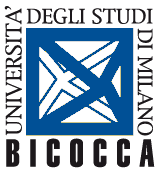Council of State of Italy, Opinion, Second Section, No. 63/1988, 27 April 1988
Thematic areas
Areas
Abstract
The school crucifix has an undoubted historical-cultural significance and the regulatory provisions that prescribe its display must still be considered in force.
Normative references
Articles 2, 3, 7, 8, 19, 20, 21 of the Italian Constitution
Art. 118 of Royal Decree no. 965 of 1924
119 of the Royal decree n. 1297 of 1928 (Table C)
Ruling
1. The Crucifix or, more simply, the Cross, apart from the meaning it has for believers, represents the symbol of Christian civilization and culture, in its historical root, as a universal value, independent from a specific religious denomination.
2. The Royal Decrees that prescribe the display of the crucifix, having a regulatory nature, pre-exist the Lateran Pacts and have never been in conflict with the latter. It is also necessary to consider that the Republican Constitution, while ensuring equal freedom to all religious confessions, does not prescribe any prohibition on the display in public offices of a symbol which, like that of the Crucifix, due to the principles it evokes, is part of the historical heritage. Nor does it seem, on the other hand, that the presence of the image of the Crucifix in school classrooms can constitute a reason for the constraint of individual freedom to express each one’s convictions in religious matters.
Notes
The opinion, requested by the Ministry of Education, inaugurates the orientation of administrative jurisprudence which recognizes, in the crucifix, an absorbing cultural value.

